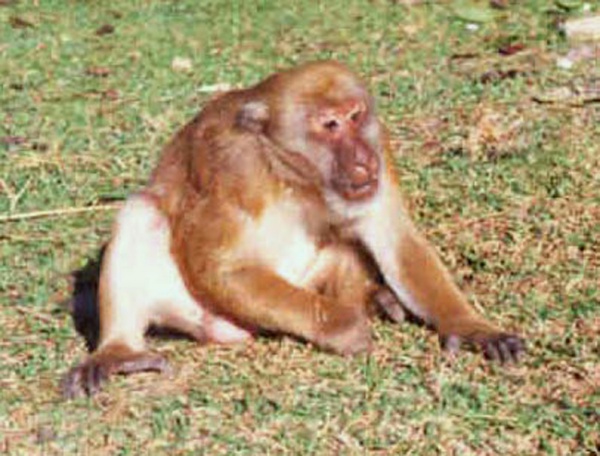Facts About Assam macaque
The Assam macaque, also known as the Assamese macaque, is a species of Old World monkey found in South and Southeast Asia. Unfortunately, it has been classified as "near threatened" by the IUCN, primarily due to hunting, habitat loss, and fragmentation, which have significantly reduced its population.
These monkeys are quite distinctive with their yellowish-grey to dark brown fur, dark facial skin, and short, bushy tails. They typically measure between 51 and 73.5 cm from head to body, with tails ranging from 15 to 30 cm. Adult Assam macaques weigh between 5 and 10 kg.
There are two recognized subspecies of the Assam macaque: the eastern Assamese macaque and the western Assamese macaque. Their habitat spans various regions, including Nepal, India, Myanmar, Thailand, China, Laos, and Vietnam. They generally inhabit tropical and subtropical forests at elevations between 200 and 1,800 meters.
These macaques are diurnal and have an omnivorous diet that includes fruits, leaves, invertebrates, and cereals. They are both arboreal and terrestrial, with group sizes and population densities varying according to habitat conditions. Sadly, they face significant threats such as habitat destruction from logging and human activities, hunting, and even hybridization with other species.
To aid in the protection of the Assam macaque, they are listed in CITES Appendix II, meaning international trade is regulated. Additionally, they receive legal protection in all the countries where they are found. In India, for example, they are protected under Schedule II, Part I of the Indian Wildlife Act, which aims to ensure their conservation and protection.

 Thailand
Thailand